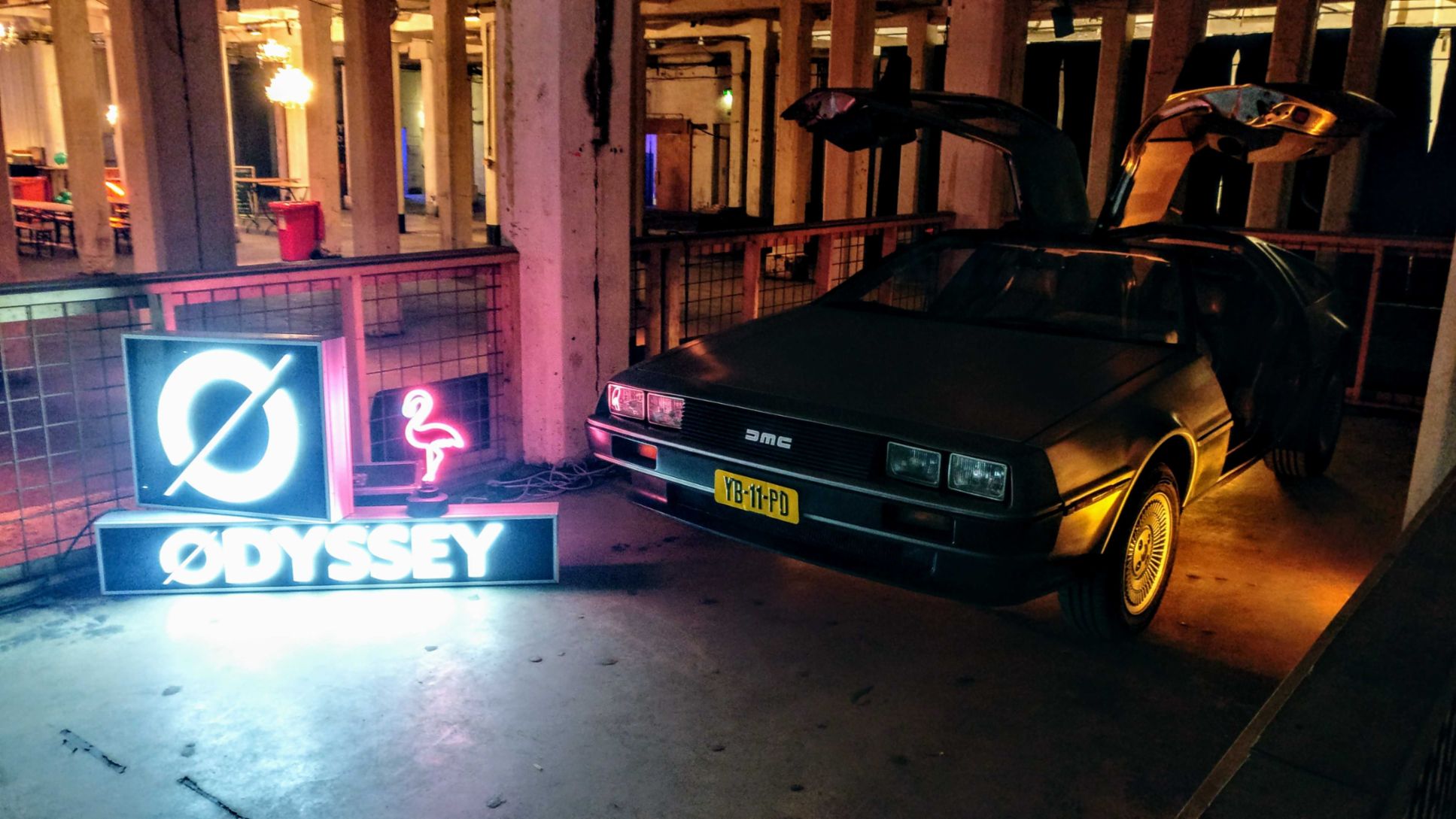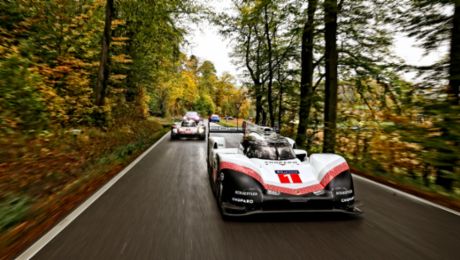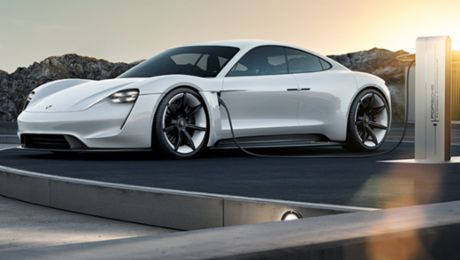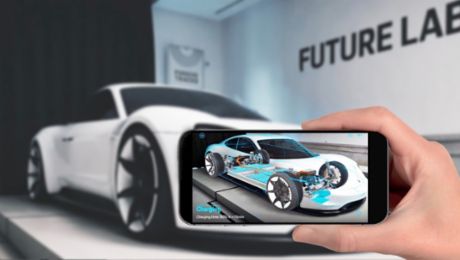What’s a Hackathon?
At a hackathon, many coders, developers and white hat hackers meet to develop in a short but very intensive time, e.g. 48 hours at a time, a solution idea for any problem and directly develop a technical prototype. Often some project teams are awarded at the end. What is created in a hackathon by the free minds is outside of everyday work and projects, it can be out of the box ideas that are not developed further, or it can be the start of something big — Twitter was created that way.
The world’s biggest Blockchain & AI hackathon took place in the Netherlands, in an old ‘Suikerfabriek’ in Groningen. The support of the city and government was great.
The Problem(s): Charging of EV’s & needs of the grid
As customer and owner of an electric vehicle, I want to charge my car whenever needed. However, due to the maximum local line capacity, as well as building infrastructure missing capacity for the growing amount of EVs, not all EVs can charge at the same time. It might not even be possible to install a supercharger for each customer due to technical limitations.
Grid operators cannot solve this issue, as the building infrastructure belongs to the landlord. Besides their limited willingness to invest in charger infrastructure, the physical limitation on what is possible qualifies as a serious constraint. Wall boxes for charging cars are not expensive — it is the powerline with a strong circuit breaker (32A) behind each charger that is prohibitively expensive. There will potentially be less 22KW power lines available in a building than 22KW chargers.
Utility companies, such as Vattenfall, also have short-term peaks in local energy demand, e.g. when many drivers come home in the evening or everyone starts brewing coffee in the morning. These peaks are expensive for utility companies, as they need to invest in order to be prepared for these peaks.

Climate change is dramatic and requires an immediate change in the way we handle the planet. Society has the interest to rethink mobility by pushing for more electric vehicles. In order to be able to make that change, improved access to charging infrastructure is urgently required.
The Solution: A smart and decentral charging & discharging solution
The customer and owner of an electric vehicle can always connect the vehicle to the charging infrastructure, even if the capacity of the electrical lines remains limited, and the number of EVs significantly increases. An intelligent software organizes the charging of all connected vehicles according to their usage profiles, to ensure every car is charged sufficiently when it is needed.
"We created the blueprint for a cooperative which helps local communities to take matters into their hands and get the required infrastructure in place."
As community members give away control over the charging process, they receive a benefit in return, factually calculated as electricity price and kWh, but communicated as ‘free driving for supporting the local community’.
We created the blueprint for a cooperative which helps local communities to take matters into their hands and get the required infrastructure in place. Together, members can participate in local communities for mobile power plants with their EV’s batteries. Intelligent software manages the charging of cars based on the availability and price of electricity as well as the usage patterns detected for the cars.
If the AC frequency fluctuates outside the mobile power plant due to high energy demand, the plant may release surplus energy from the car’s batteries, which exceeds the capacity needed according to estimated usage profiles. The participation in local flexibility markets provides an income to the community. As an incentive, this income is shared amongst members as “free miles” on their cars.
The cooperative provides experience, partners, and software to local communities. If you live in a house with multiple parties, the interested parties may join your local community.
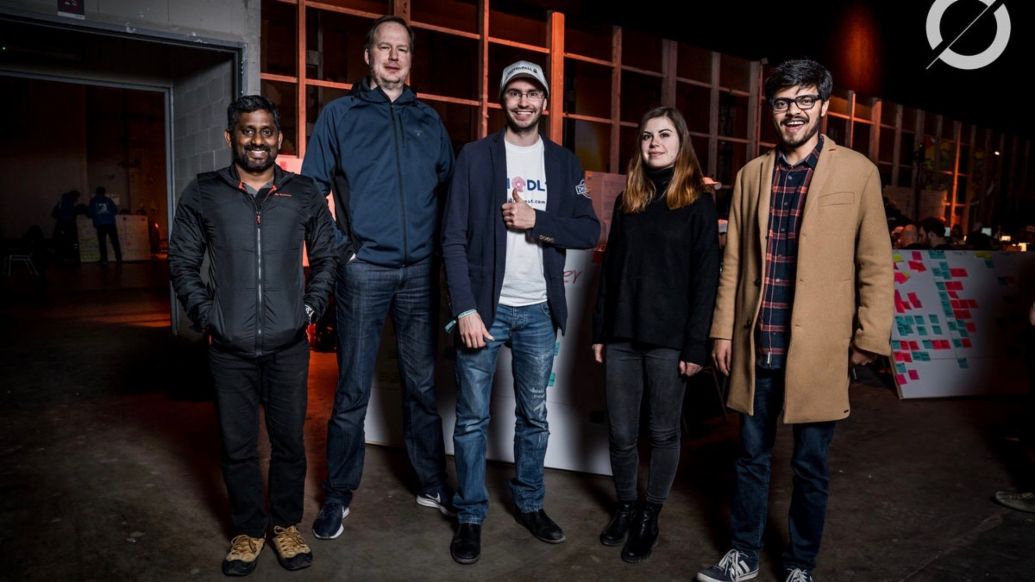
The Tech ABC — smart Charging with AI in combination with Blockchain and the Cloud
In this case, we created predictions about the need for charging in the car and a blockchain to communicate with the grid.
To forecast the individual consumption pattern based on historical data and the current state of the grid, we required predictive analytics. Given the size and parameters of the dataset, it will be imperative to use a model which can perform those tasks not only considering the energy demand outside the community but also considering the user’s preferences. Hence, we utilized simple machine learning models.
We also used a blockchain platform to safeguard the transactions that will be performed between participants in a community. First, there is no imperative trust and no contract between the community members, and second, the amount of energy used should be visible to the community. We will treat each community as having their own side chain to improve the performance and save transaction costs. As we use a ‘debt’ token to trace the energy consumption, there is reduced incentive for a security attack.
As we have 3 different services in our implementation i.e. forecasting tool, a user preference and community management tool and blockchain, we used several cloud services (lambda, AWS) to integrate the modules. This architecture has the potential to scale efficiently with Lambda functions and a document store.
"First, there is no imperative trust and no contract between the community members, and second, the amount of energy used should be visible to the community."
Why did we do this and how?
This was the result of a hackathon, 48 hours of coding, talking to many people from the energy business — evaluating, adapting the solution to the actual needs, getting feedback to refine the idea and communication.
We could successfully present our project and on the following day, prepare a canvas about how we consider taking the idea to the next level.
Now we need to evaluate, how to continue. Maybe you have some ideas? We are very open to all ideas — but we would really love to develop the project as Open Source. Feel free to contact us!
We are very thankful to all track supporters, the team from Vattenfall in Stockholm, Amsterdam and Berlin, the colleagues from Renault and Green Battery, as well as all the newly interested feedback givers.
After the hackathon, we could validate the idea with experts from the automotive and energy sector, and got quite good feedback so far. But most of all, the Odyssey Hackathon was lots of fun — where we could go on der coder’s dive.
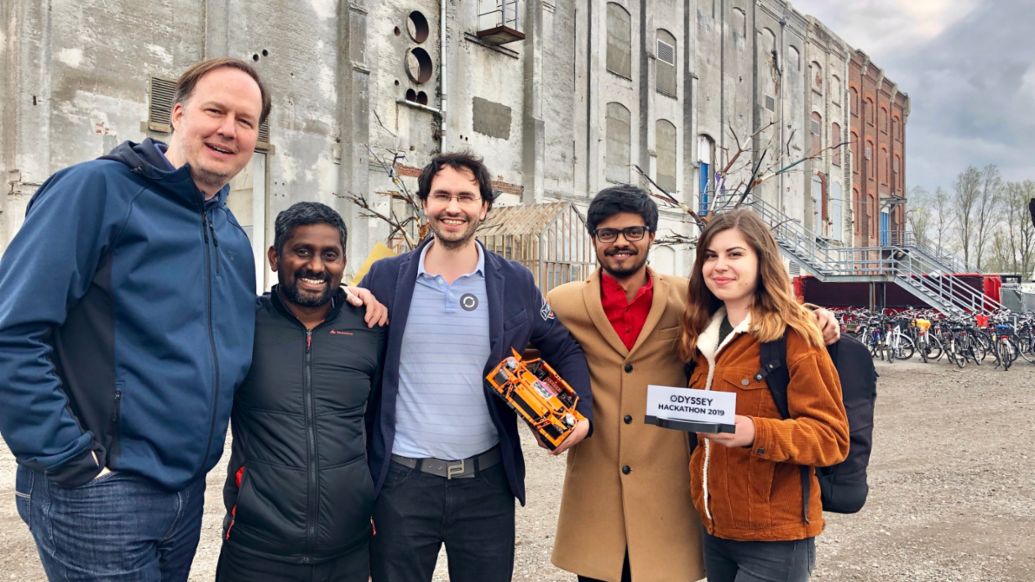
Info
Jagrut Kosti, Karthick Perumal, Ingo Brenckmann, Desislava Belokonska and Claudio Weck are Porsche Digital Lab Scientists and the winning team behind “HorsePower” during the Odyssey Hackathon 2019.
